7 Limping Dividend Stocks to Sell or Avoid
The name of the game right now is risk avoidance.


The name of the game right now is risk avoidance. Numerous macroeconomic issues – the U.S.-China trade war, interest-rate uncertainty and global growth concerns – have conspired to knock the major indices from their recent peaks. The worries have intensified so much, so quickly, that you should start to monitor your portfolio for stocks to sell (and value traps to avoid, if you’re prone to buying dips).
Weeding out weak holdings can limit your losses, after all. Stocks that can’t ride the broader markets higher because of their own fundamental issues are at risk of even deeper cuts when the rising tide isn’t lifting all the boats anymore.
One way to monitor for weakness is to look at the dividend-focused fundamentals captured by the DIVCON system from exchange-traded fund provider Reality Shares. DIVCON examines the payout health of the dividend stocks among the market’s 1,200 largest companies, rating metrics such as earnings growth, free cash flow (how much cash companies have left over after they meet all their obligations), and even the Altman Z-score, which helps assess a company’s likelihood of a bond default or bankruptcy.
The resulting rating system (a 1-5 scale in which DIVCON 5 indicates the healthiest of payouts and DIVCON 1 indicates dividends at the most risk) is intended to gauge a dividend’s sustainability and chance of growth. But given the data that DIVCON measures, a low rating also can help identify companies with less-than-desirable overall fundamentals.
Here are seven dividend stocks to sell or avoid that have earned the lowest overall DIVCON rating (1). Each of these has underperformed the market during its 15% year-to-date run. And each looks more vulnerable during this current bout of uncertainty.
Price, market value and yield data is as of Aug. 6. DIVCON scores and measurement data such as earnings growth, levered free cash flow (LFCF)-to-dividend ratio and Altman Z-score are as of Aug. 1. Stocks listed by DIVCON score. Dividend yields are calculated by annualizing the most recent payout and dividing by the share price. You can view other DIVCON scores on the Reality Shares provider site.

Olin
- Market value: $3.0 billion
- Dividend yield: 4.4%
- DIVCON score: 29.25
- Year-to-date performance: -9.0%
- Olin (OLN, $18.31) is something of a materials-industrials hybrid, and an interesting one at that. The company operates in three business segments: Chlor Alkali Products & Vinyls, Epoxy … and Winchester, an ammunition brand dating back 153 years (and whose roots can be traced back a few years earlier, to the founders of Smith & Wesson).
Olin hasn’t been hampered by any one major setback, but still has crept steadily lower as the year has dragged on. One area of concern: In early July, the company lowered guidance for its second quarter and full year thanks to a host of issues, including lower caustic soda (sodium hydroxide) prices, continued issues from a storage terminal fire and lower chlorine and chlorine derivative sales.
Several factors fueled Olin’s weak rating: The company hasn’t increased its payout in years, and 2018’s earnings dropped 40% year-over-year – though at $327.9 million, still was much better than the losses it posted in 2015 and 2016. Most importantly, Olin has a weak Altman Z-score of 1.96. Altman Z uses five factors to measure a company’s credit strength; a score of 3 or above means a low/negligible probability of bankruptcy, 2.99 to 1.81 means a moderate probability and any score of 1.8 or below indicates an elevated likelihood. (For context, the median score among the largest dividend payers is 3.9.)
DIVCON has given Olin a 1 rating, its lowest. But note that any stock with a score of 32 or below is placed in DIVCON 1. So while Olin’s score of 29.25 is hardly desirable and still indicates a troubled payout, some DIVCON 1 stocks (like those we’ll discuss later on) are viewed as even greater dividend risks.

International Game Technology
- Market value: $2.8 billion
- Dividend yield: 5.8%
- DIVCON score: 28.75
- Year-to-date performance: -5.8%
- International Game Technology (IGT, $13.78) is one of the premier names in casino gaming. But it’s not a “casino stock” such as MGM Resorts (MGM) or Wynn Resorts (WYNN).
Instead, IGT plays behind the scenes.
IGT is a global gaming systems and services giant that produces everything from slot machines to lottery systems to poker apps. It goes a step further than that, too, providing useful technologies such as programs that allow casino guests to make wagers on machines by simply tapping their smartphones.
But despite its ubiquity and the expansion of casinos throughout America, IGT has suffered two consecutive years of net losses and declining revenues. Free cash flow has been negative for a few years, too. Shares have struggled mightily, losing 40% of their value over the past year.
DIVCON has flagged the company’s cash issues, citing a levered FCF-to-dividend ratio of negative 2.8. Unsurprisingly, the dividend has remained capped at 20 cents quarterly for years. Its Bloomberg dividend health score of -33 implies that will be the case for years to come. Bloomberg dividend health scores range from -100 to 100, with negative scores indicating an unhealthy dividend with low potential for future payout increases.
The Altman Z-score is troubling, too. International Game Technology’s weak 1.61 rating puts it in the system’s high-risk zone for default or bankruptcy.

PBF Energy
- Market value: $2.8 billion
- Dividend yield: 5.2%
- DIVCON score: 28.75
- Year-to-date performance: -28.8%
Energy stocks have been clobbered over the past year. Crude oil and natural gas prices plunged in the final quarter of 2018, then staged a comeback for the first few months of 2019, but have since collapsed again amid mounting global economic fears. The Energy Select Sector SPDR Fund (XLE), which holds the energy stocks in Standard & Poor’s 500-stock index, has lost 23% over the past year.
- PBF Energy (PBF, $23.26) has had it worse, losing half its value in that time.
PBF is an independent petroleum refiner that also supplies products such as lubricants, heating oil and transportation fuels. While exploration and production companies that literally extract energy commodities often hinge heavily on the rise and declines in crude and gas prices, refiners’ profits are tied to the “spread” – the difference in price between the input material and the refined product.
But these spreads, just like the price of oil, have suffered of late. Moreover, the company has been intentionally front-loading maintenance costs during the first half of the year, weighing on results. PBF Energy reported a loss of 27 cents per share in Q2, versus a $2.37 profit in the year-ago quarter. (Adjusted profits, which back out special one-time items, were better at 83 cents per share but still considerably lower.)
DIVCON has identified the company’s lower profits, as well as its negative LFCF-to-dividend ratio (-1.1%), as red flags for its dividend. The company also has garnered a -13 Bloomberg dividend health score. Recent history suggests the dividend will at best stay level, too – its payout hasn’t budged since it was re-initiated in 2013.
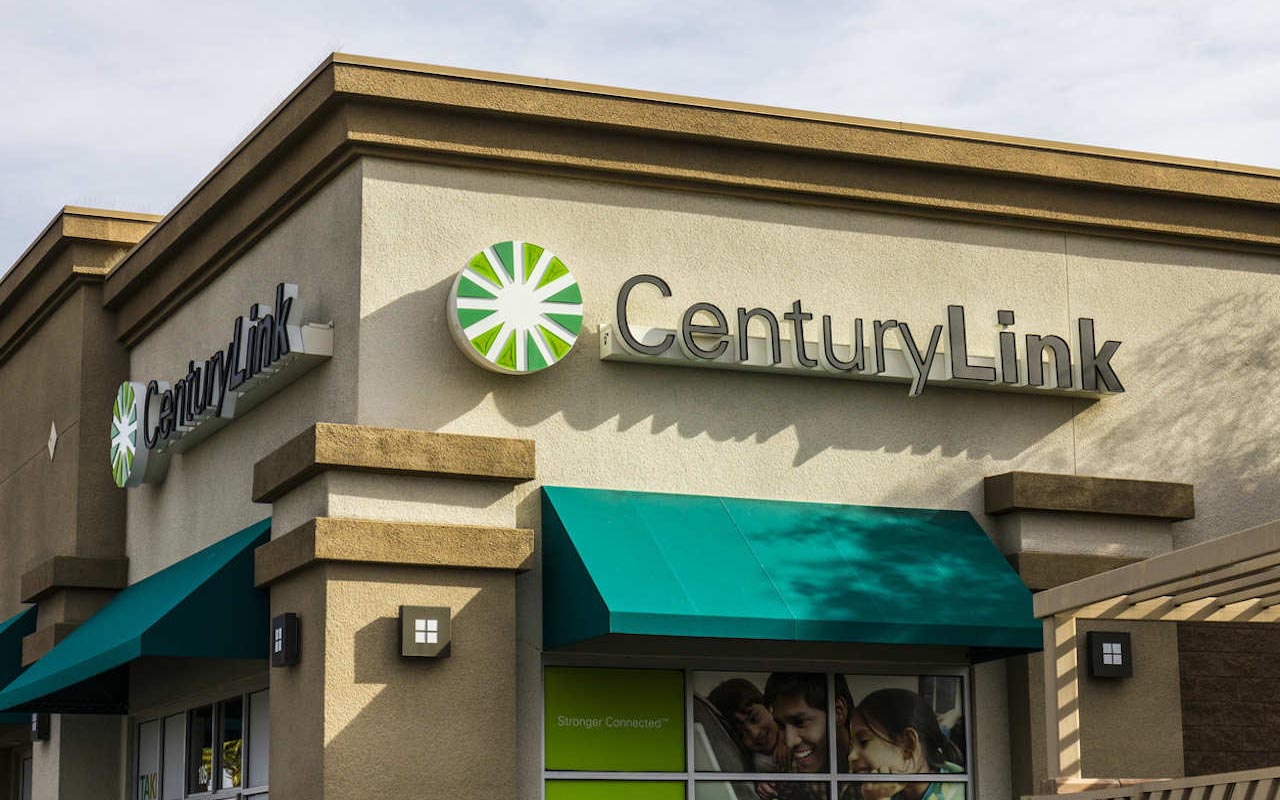
CenturyLink
- Market value: $13.0 billion
- Dividend yield: 8.3%
- DIVCON score: 26.00
- Year-to-date performance: -21.1%
We highlighted telecom CenturyLink (CTL, $11.95) as a potentially hazardous high yielder in 2018. Less than a year later, in February 2019, the company announced a 54% reduction in its payout.
CenturyLink provides telecommunications services – primarily landline phone, TV and internet – across the U.S. Its burgeoning area of focus, however, is high-speed fiber-optic cable. It acquired Level 3 Communications in 2017 to improve its network, and currently is in the middle of its efforts to install 4.7 million miles of fiber-optic cable in 50 cities.
Customer losses in phone and cable weighed on CenturyLink for years, as did a high level of debt, largely incurred from buying Level 3. So earlier this year, the company decided to cut its dividend – not because of affordability issues (its FCF was enough to cover the payout), but to reprioritize paying off its debts.
CTL has been in recovery mode since late May, but this clearly is a “show me” stock. For right now, the fundamentals look to weak. A Bloomberg dividend health score of -11 is far from encouraging for the dividend. But as for the stock itself, the Altman Z-score of -0.1 is the number to watch, as it indicates a high chance of bankruptcy over the next couple of years.
Analysts looking out this year and next see continued revenue declines. And while they do expect profits to rebound about 11% in 2019 to $1.32 per share, they see only marginal advances in 2020, to $1.33 per share.
CenturyLink’s prospects appear so poor at the moment that it’s one of the short positions in the Reality Shares DIVCON Dividend Defender ETF (DFND) – an ETF that hedges against market volatility by going 75% long stocks with high DIVCON ratings and 25% short in low-graded stocks.

L Brands
- Market value: $6.6 billion
- Dividend yield: 5.0%
- DIVCON score: 23.00
- Year-to-date performance: -7.1%
- L Brands (LB, $23.86) is another troubled dividend stock that has had to slash its payout over the past year.
L Brands – the company behind Victoria’s Secret and Bath & Body Works – announced in November 2018 that it would cut its dividend in half to 30 cents per share. That came just months after it decided to shut all of its Henri Bendel stores, including the Fifth Avenue flagship location, amid continued weakness in the storied brand.
But L Brands’ troubles extend beyond Henri Bendel. Victoria’s Secret has rapidly lost its clout for several reasons: rising competition from the likes of American Eagle’s (AEO) Aerie brand, discontinuing its catalog and shedding non-core categories such as swimwear. It even is rethinking its famous annual fashion show; CEO Les Wexner said it’s no longer the “right fit” for network TV.
The company did show some signs of life this May after announcing Street-beating quarterly revenues and profits and adjusting its full-year profit forecast higher. (However, Victoria’s Secret’s same-store sales still managed to drop 5%.)
L Brands’ profits continue to shrink, however – one black mark for the DIVCON rating system – and analysts still believe this year’s and 2020’s full-year earnings will fall short of 2018 levels. LB’s Bloomberg dividend health score is an unsurprisingly low -49, too. And the Altman Z measure of bankruptcy risk is a worrisome 0.84.
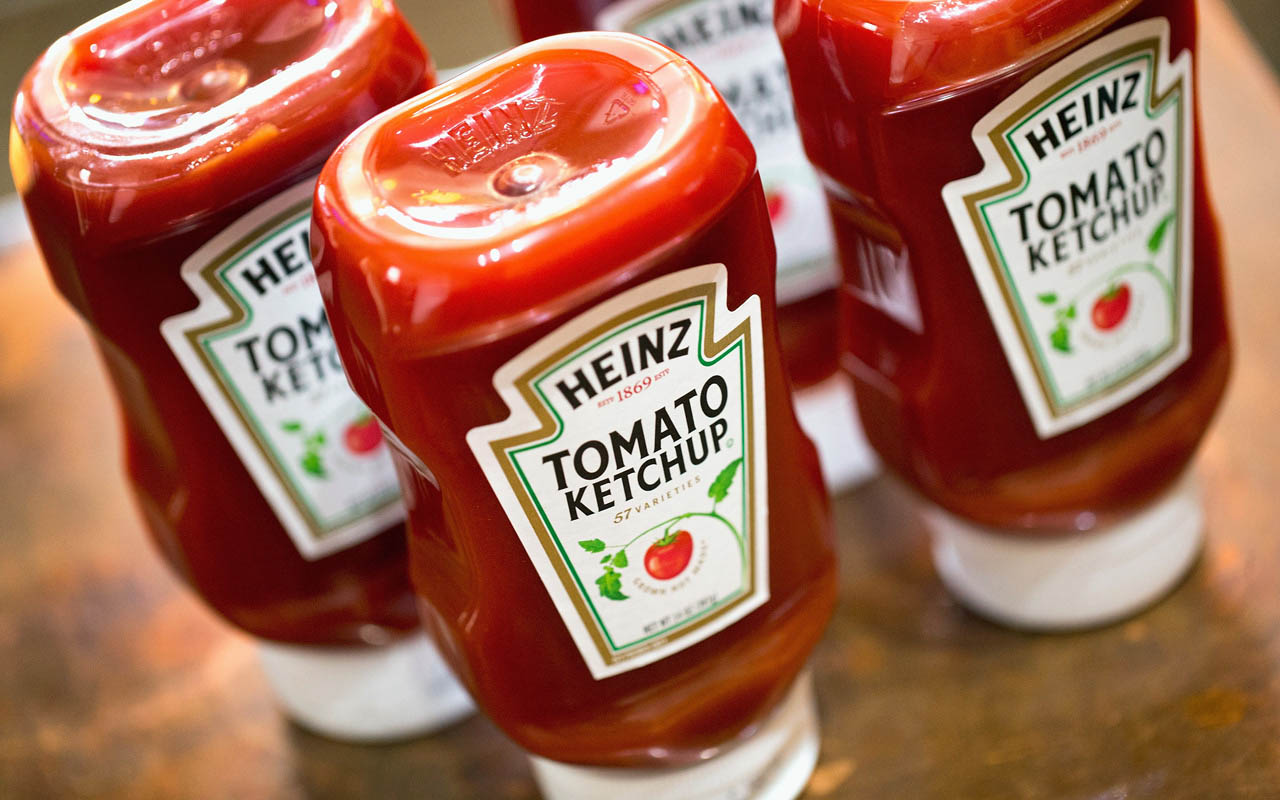
Kraft Heinz
- Market value: $37.3 billion
- Dividend yield: 5.2%
- DIVCON score: 19.50
- Year-to-date performance: -29.0%
- Kraft Heinz (KHC, $30.58) is yet another 2019 dividend casualty – and an ugly black mark for Warren Buffett’s Berkshire Hathaway (BRK.B).
KHC shares plunged in February after it had to write down the value of its marquee Oscar Mayer and Kraft brands by $15 billion. That was part of a disappointing fourth-quarter report whose bad news was compounded by the earnings-call announcement it would clip its quarterly payout by 36% to 40 cents per share.
Berkshire – which teamed up with private equity firm 3G Capital to buy H.J. Heinz in 2013, then merge it with Kraft Foods in 2015 – swung to a $25.4 billion quarterly loss thanks to its 26.7% stake in the combined entity. That prompted Warren Buffett to promptly admit, “I was wrong in a couple of ways on Kraft Heinz. We overpaid for Kraft.”
The company will report its first-half earnings on Aug. 8 – a report long delayed after the KHC announced in May that it would have to restate 2016 and 2017 financials. It’s possible those quarterly results will change the tale, but for now, Kraft looks fundamentally weak. Levered free cash flow is just a tenth of what’s needed to cover the dividend, while the Altman Z-score is a troubling -0.1.
Its path forward looks muddy, too. The often optimistic analyst community expects a 2% decline in revenues and a 21.5% dive in full-year 2019 profits. Next year, they’re anticipating a meager bounce – sales are projected to grow less than a percent, and profits are anticipated to come in less than 4% higher.

Freeport-McMoRan
- Market value: $14.7 billion
- Dividend yield: 2.0%
- DIVCON score: 14.25
- Year-to-date performance: -1.7%
Mining giant Freeport-McMoRan (FCX, $10.14) has the dubious honor of earning the lowest current score from the DIVCON system. That’s despite a relatively low yield of 2% – typically, high yields are a warning sign of an overstretched dividend, but occasionally, even a small yield can be imperiled.
All that said, Freeport-McMoRan doesn’t necessarily look like a bad company or a bad stock – just an exceedingly risky one that’s suffering from considerable headwinds at a time the firm is making a costly gamble of its own.
Freeport is in the midst of trying to convert its open-pit copper and gold mine in Grasberg into an underground operation. The mine “has produced 36 billion pounds of copper and 54 million ounces of gold” since 1989, The Wall Street Journal reports, and “Freeport estimates that there is still as much copper and almost as much gold left at Grasberg.”
Success would give Freeport renewed life, but it’s a difficult project with experimental techniques that might not necessarily pan out. Meanwhile, the company is starting to burn cash while it works on the transformation. Particularly troublesome is that America’s recently reheated trade war with China – the world’s largest buyer of copper – has sent copper prices plunging to new 2019 lows.
Some of DIVCON’s measurements have been heavily impacted by the company’s recent Grasberg push, including a -2.7 LFCF-to-dividend ratio. Freeport’s Altman Z score of 0.73 is also low, indicating a heightened possibility of default or bankruptcy. Analysts also are projecting that the company will make just 17 cents per share this year – less than the 20 cents it would need to cover its four quarterly dividend payments.
Freeport’s gambit might indeed turn into a long-term boon, but its current cash struggle and sinking copper prices put it in short-term danger, especially if the broader market continues to slide.
Profit and prosper with the best of Kiplinger's advice on investing, taxes, retirement, personal finance and much more. Delivered daily. Enter your email in the box and click Sign Me Up.
Kyle Woodley is the Editor-in-Chief of WealthUp, a site dedicated to improving the personal finances and financial literacy of people of all ages. He also writes the weekly The Weekend Tea newsletter, which covers both news and analysis about spending, saving, investing, the economy and more.
Kyle was previously the Senior Investing Editor for Kiplinger.com, and the Managing Editor for InvestorPlace.com before that. His work has appeared in several outlets, including Yahoo! Finance, MSN Money, Barchart, The Globe & Mail and the Nasdaq. He also has appeared as a guest on Fox Business Network and Money Radio, among other shows and podcasts, and he has been quoted in several outlets, including MarketWatch, Vice and Univision. He is a proud graduate of The Ohio State University, where he earned a BA in journalism.
You can check out his thoughts on the markets (and more) at @KyleWoodley.
-
 'Donroe Doctrine' Pumps Dow 594 Points: Stock Market Today
'Donroe Doctrine' Pumps Dow 594 Points: Stock Market TodayThe S&P 500 rallied but failed to turn the "Santa Claus Rally" indicator positive for 2026.
-
 The Wealth Equation: Balancing Money and Stress
The Wealth Equation: Balancing Money and StressSponsored Don’t let assets be a liability that strains your family.
-
 Is Your Emergency Fund Running Low? Here's How to Bulk It Up
Is Your Emergency Fund Running Low? Here's How to Bulk It UpIf you're struggling right now, you're not alone. Here's how you can identify financial issues, implement a budget and prioritize rebuilding your emergency fund.
-
 The 24 Cheapest Places To Retire in the US
The 24 Cheapest Places To Retire in the USWhen you're trying to balance a fixed income with an enjoyable retirement, the cost of living is a crucial factor to consider. Is your city the best?
-
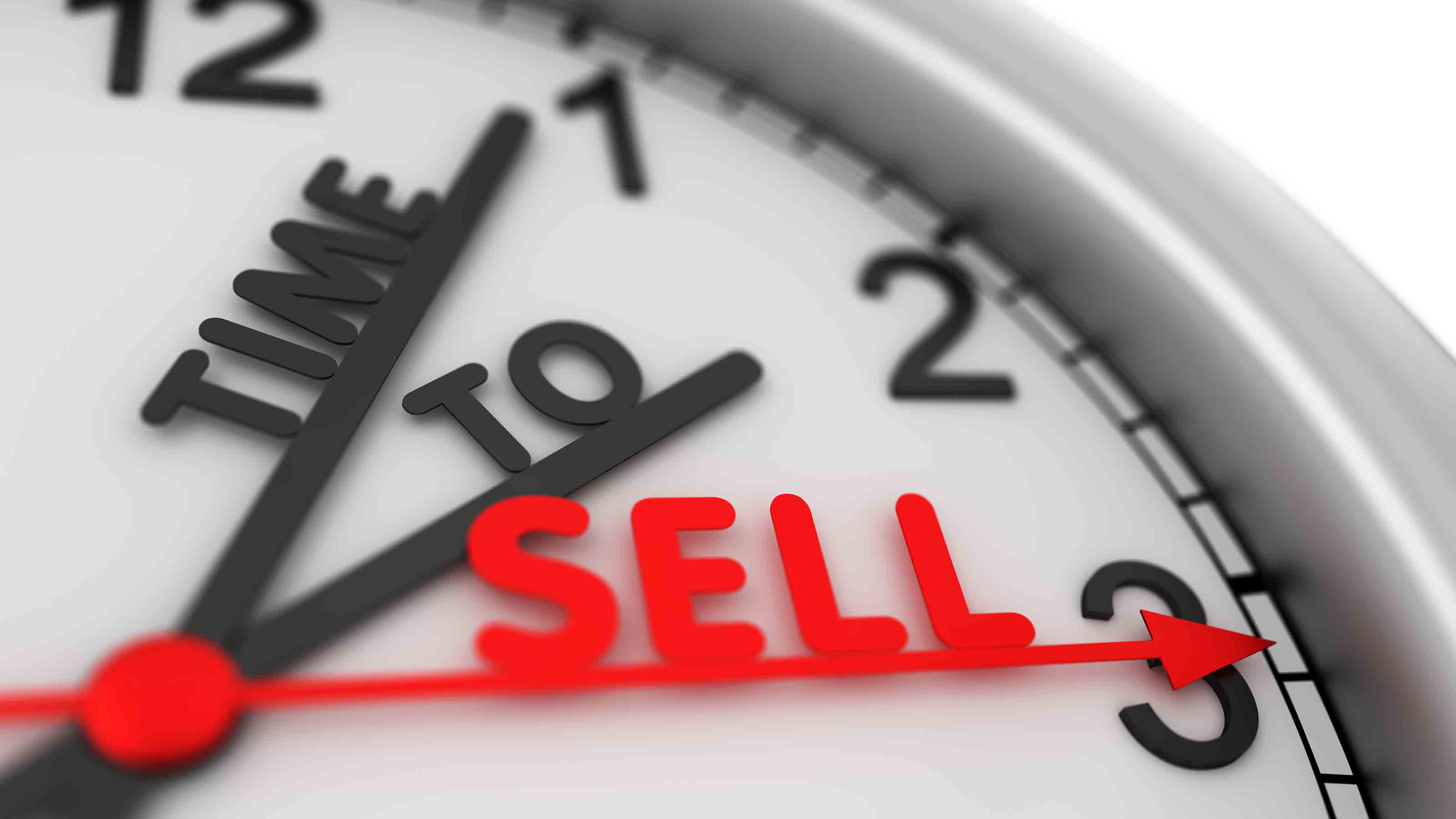 5 Stocks to Sell or Avoid Now
5 Stocks to Sell or Avoid Nowstocks to sell In a difficult market like this, weak positions can get even weaker. Wall Street analysts believe these five stocks should be near the front of your sell list.
-
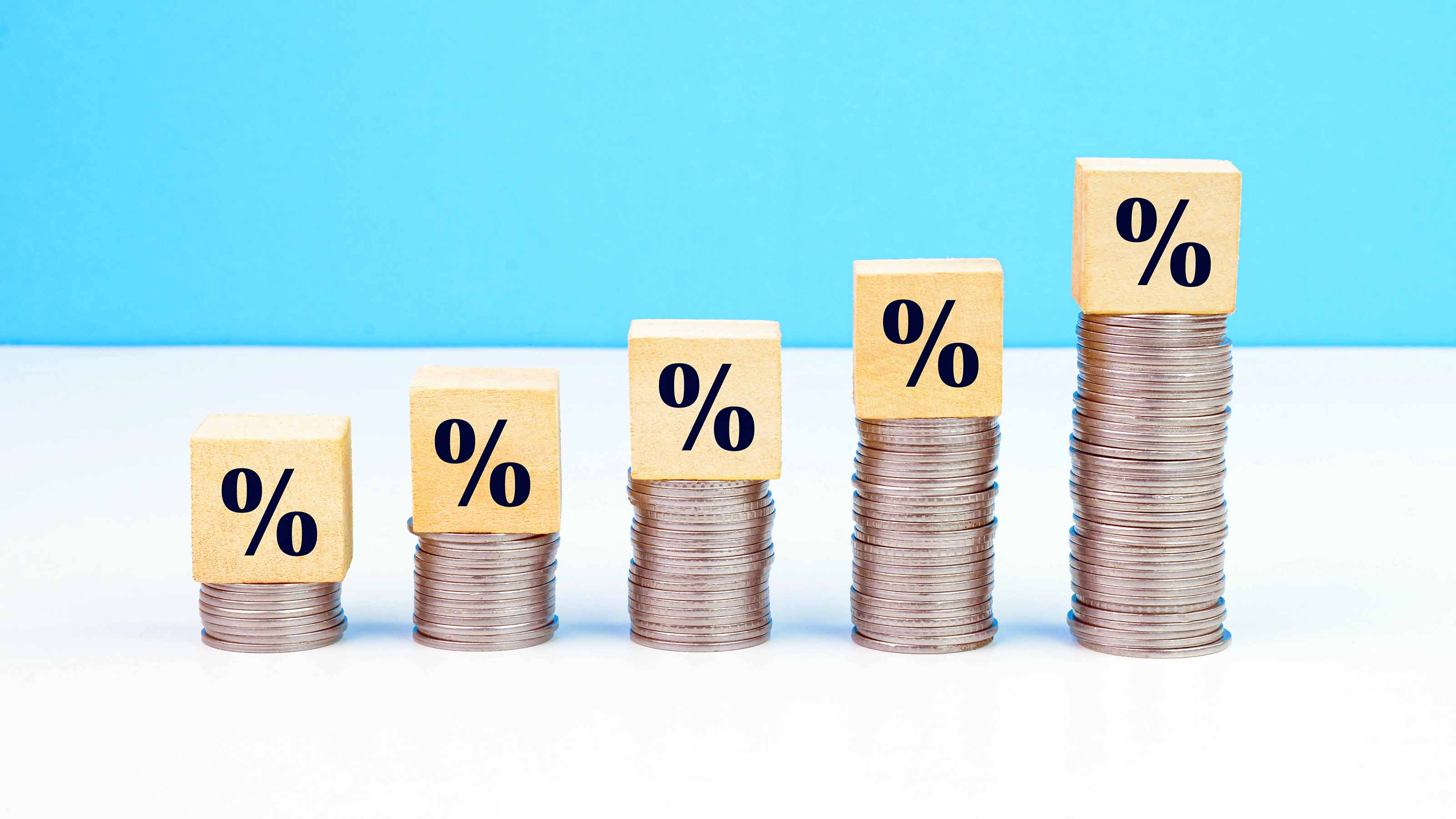 Best Stocks for Rising Interest Rates
Best Stocks for Rising Interest Ratesstocks The Federal Reserve has been aggressive in its rate hiking, and there's a chance it's not done yet. Here are eight of the best stocks for rising interest rates.
-
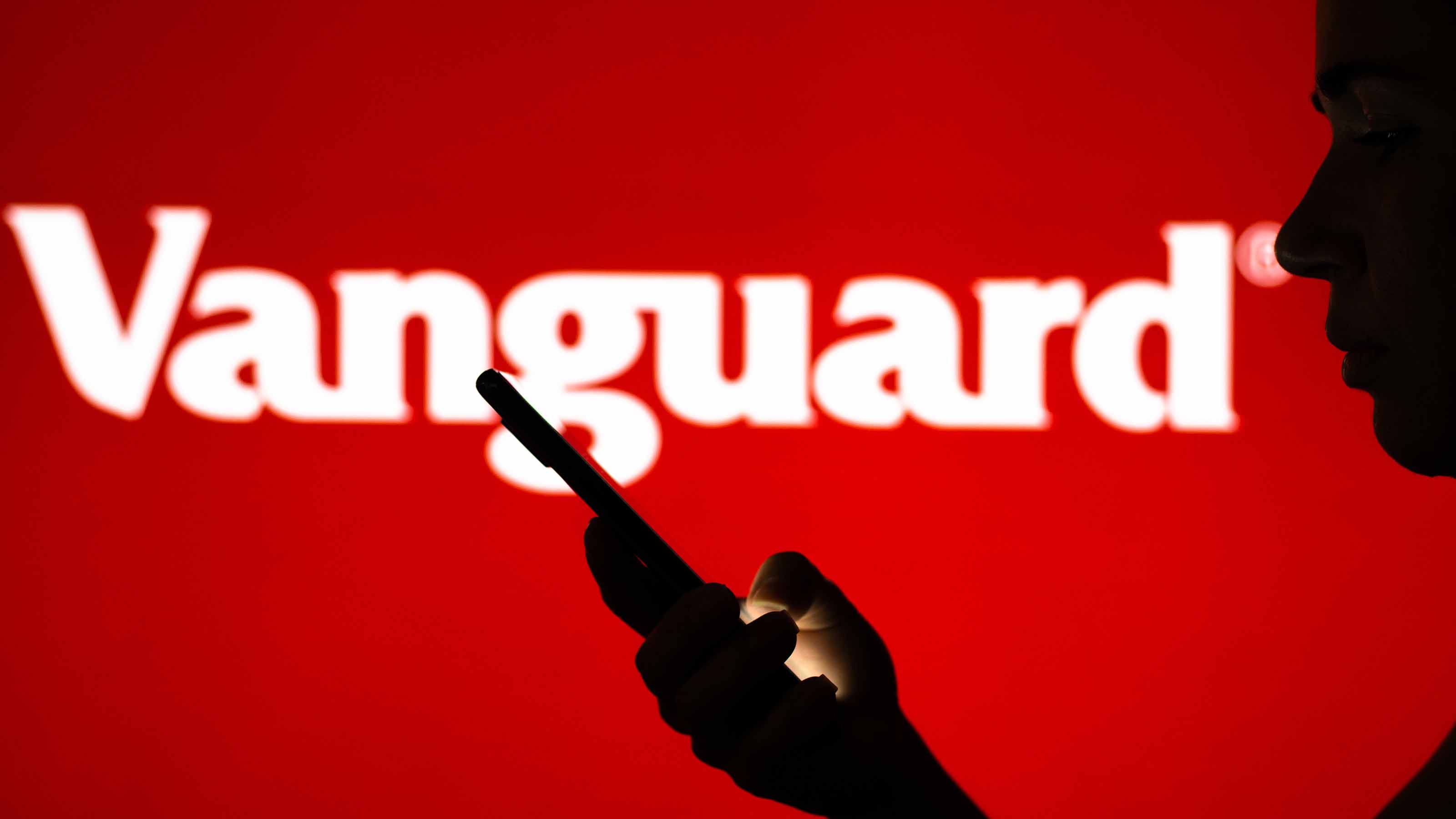 The Five Safest Vanguard Funds to Own in a Volatile Market
The Five Safest Vanguard Funds to Own in a Volatile Marketrecession The safest Vanguard funds can help prepare investors for market tumult but without high fees.
-
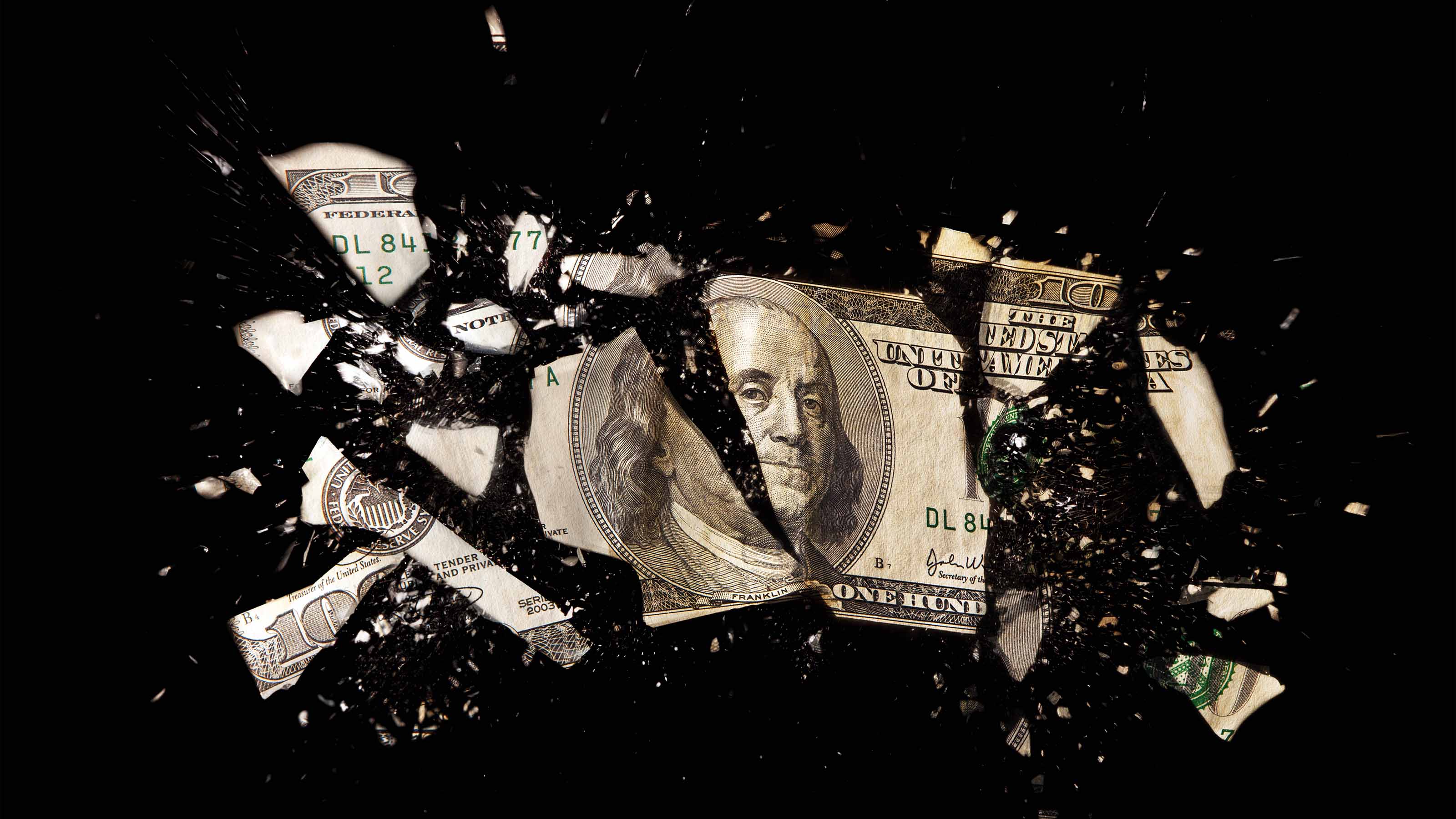 The 5 Best Inflation-Proof Stocks
The 5 Best Inflation-Proof Stocksstocks Higher prices have been a major headache for investors, but these best inflation-proof stocks could help ease the impact.
-
 5 of the Best Preferred Stock ETFs for High and Stable Dividends
5 of the Best Preferred Stock ETFs for High and Stable DividendsETFs The best preferred stock ETFs allow you to reduce your risk by investing in baskets of preferred stocks.
-
 What Happens When the Retirement Honeymoon Phase Is Over?
What Happens When the Retirement Honeymoon Phase Is Over?In the early days, all is fun and exciting, but after a while, it may seem to some like they’ve lost as much as they’ve gained. What then?
-
 5 Top-Rated Housing Stocks With Long-Term Growth Potential
5 Top-Rated Housing Stocks With Long-Term Growth Potentialstocks Housing stocks have struggled as a red-hot market cools, but these Buy-rated picks could be worth a closer look.

